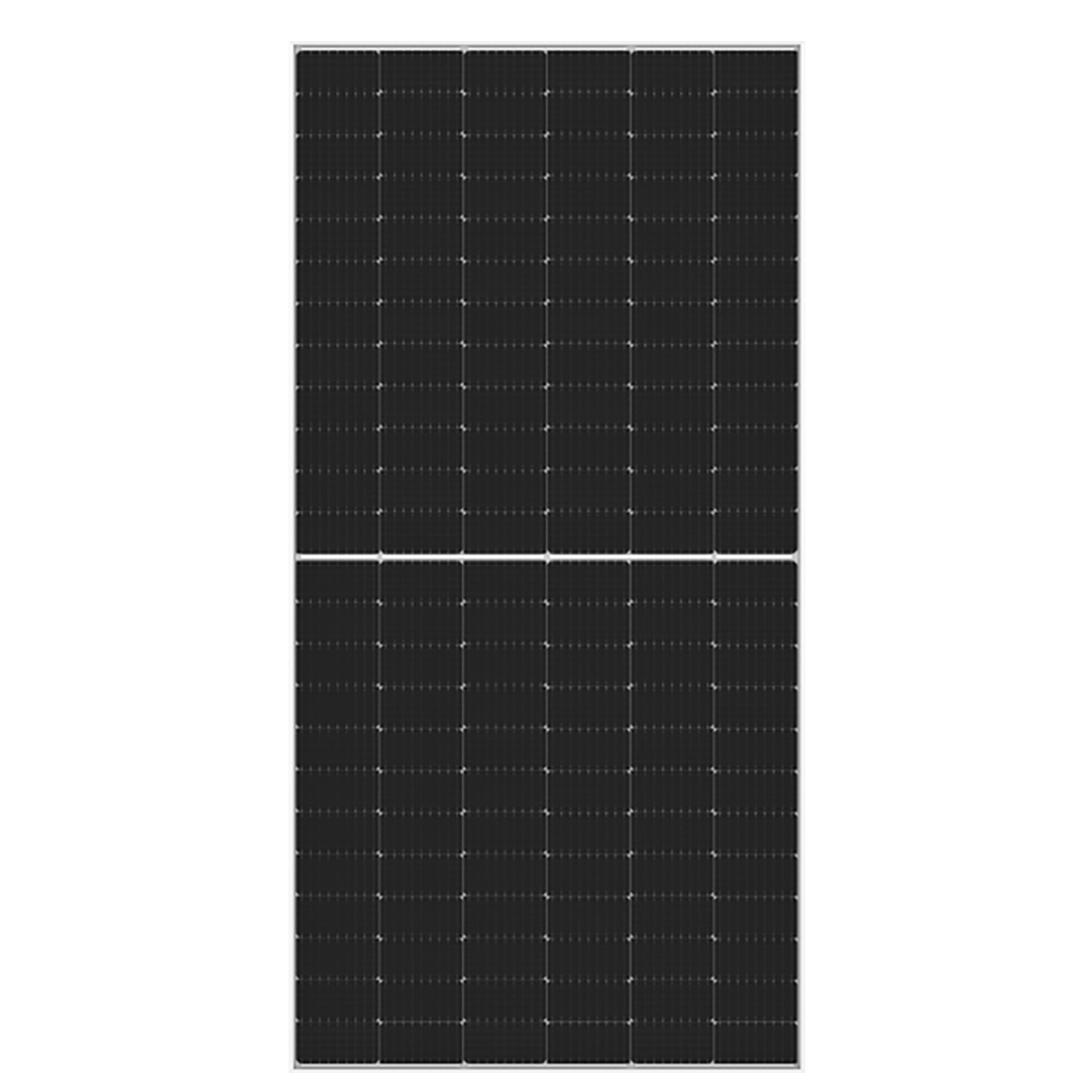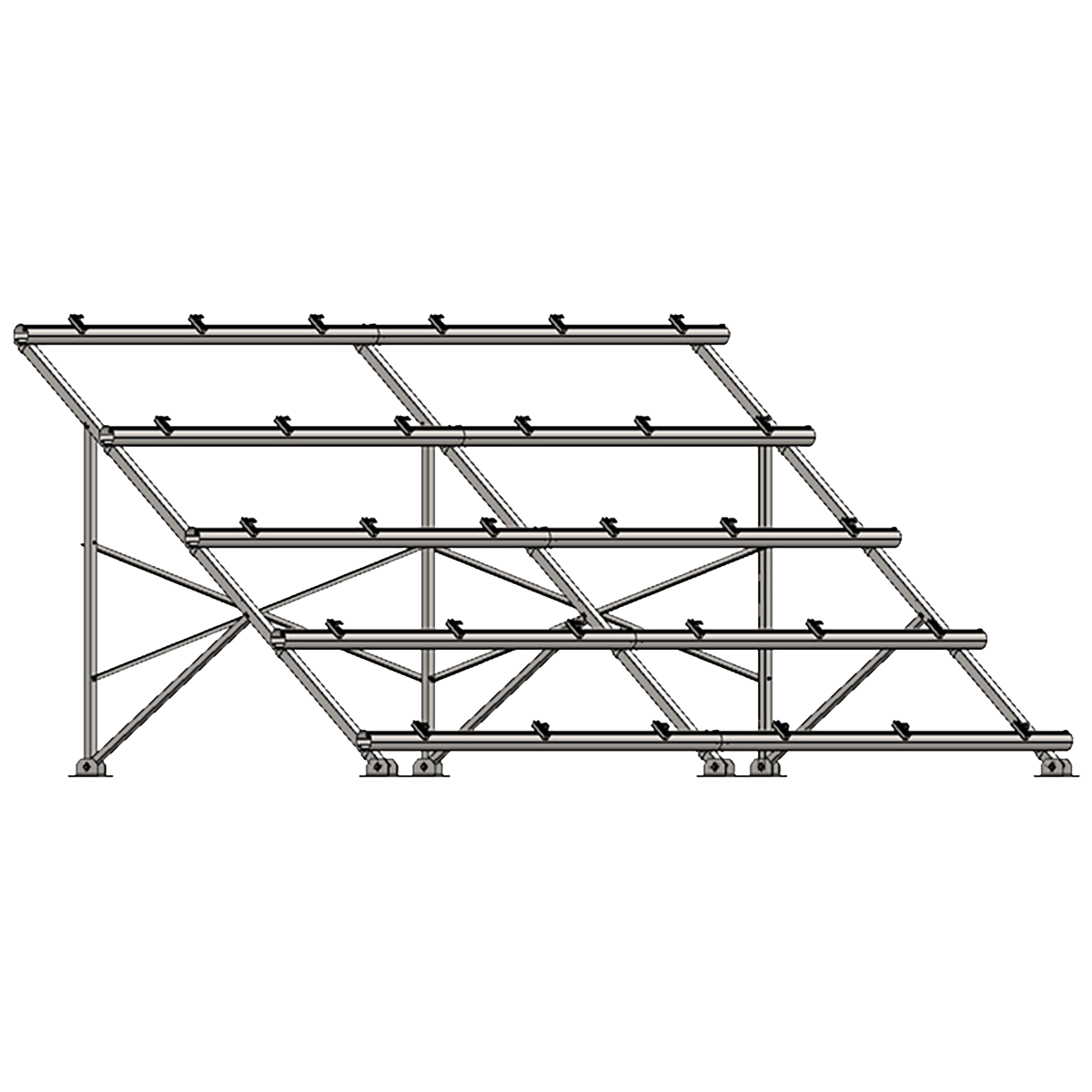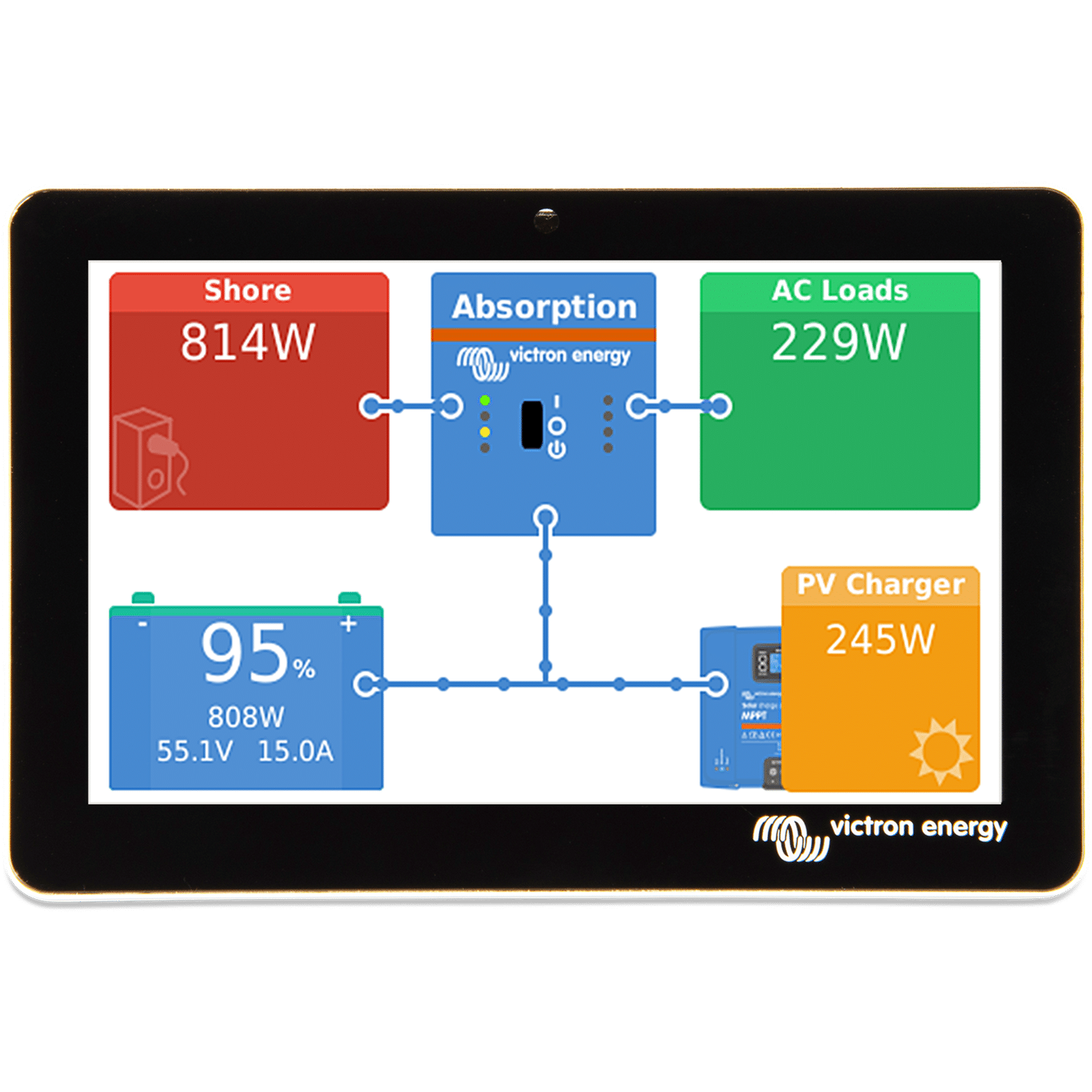Grid-Tied Solar Systems
Grid-tied solar systems have emerged as a pivotal player in the global shift towards renewable energy. Leveraging the abundant and clean power of the sun, these systems are designed to generate electricity for residential, commercial, and industrial spaces while remaining connected to the conventional power grid. This seamless integration offers numerous advantages, making grid-tied solar systems a popular choice for those looking to reduce their carbon footprint and energy costs.





